Maps of the Earth’s Most Cursed Destinations
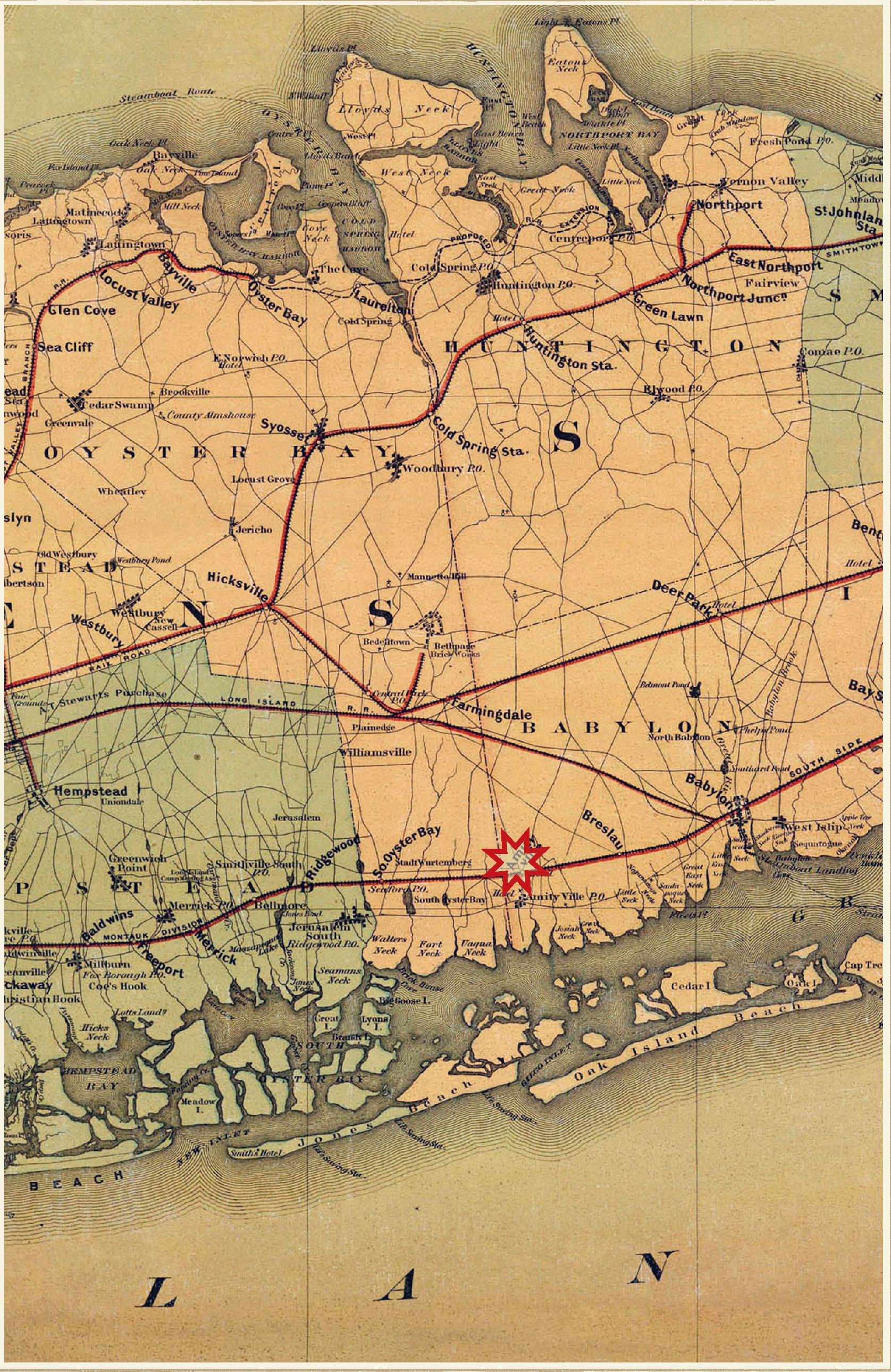
Amityville, New York: One of the world’s cursed places. (All images: Courtesy Atlas of Cursed Places: A Travel Guide to Dangerous and Frightful Destinations)
Curses are not all the same. Take it from journalist and sailor Olivier Le Carrer, who has explored 30 of the 40 perilous places charted in his new book—and lived to tell their tales.
Atlas of Cursed Places: A Travel Guide to Dangerous and Frightful Destinations is a beautifully bound volume with detailed maps in classic pastel tones, filled with stories of underground infernos, spiritual nightmares, hunted pirates, and killer crocodiles.
The book, organized into eight geographical regions, chronicles sites across the globe that have been afflicted by a miscellany of misfortunes. Le Carrer explains that there are three major types of curses: those of a mystical order, those dealing with the preternatural, and, perhaps most tragically, those of places rendered uninhabitable by human activity. They’re all bound together by one common denominator: the terrible luck of all concerned.
In the book’s introduction, titled “The Hazards of Traveling,” Le Carrer states that since the time of the Old Testament, “humanity has found more effective ways of damning itself… devising an almost infinite number of hells that no god or demon would ever have dared to contemplate back in the day.”
Le Carrer’s work is aimed at those who believe the world is still full of mysteries to investigate. We may have assigned every point on our planet a latitude and a longitude, but those can hardly explain the hundreds of aircraft that have disappeared in the Nevada Triangle or why so many people choose to commit suicide in Japan’s Aokigahara Forest.
Below, a cartographic glimpse at a few locales featured in the Atlas of Cursed Places.
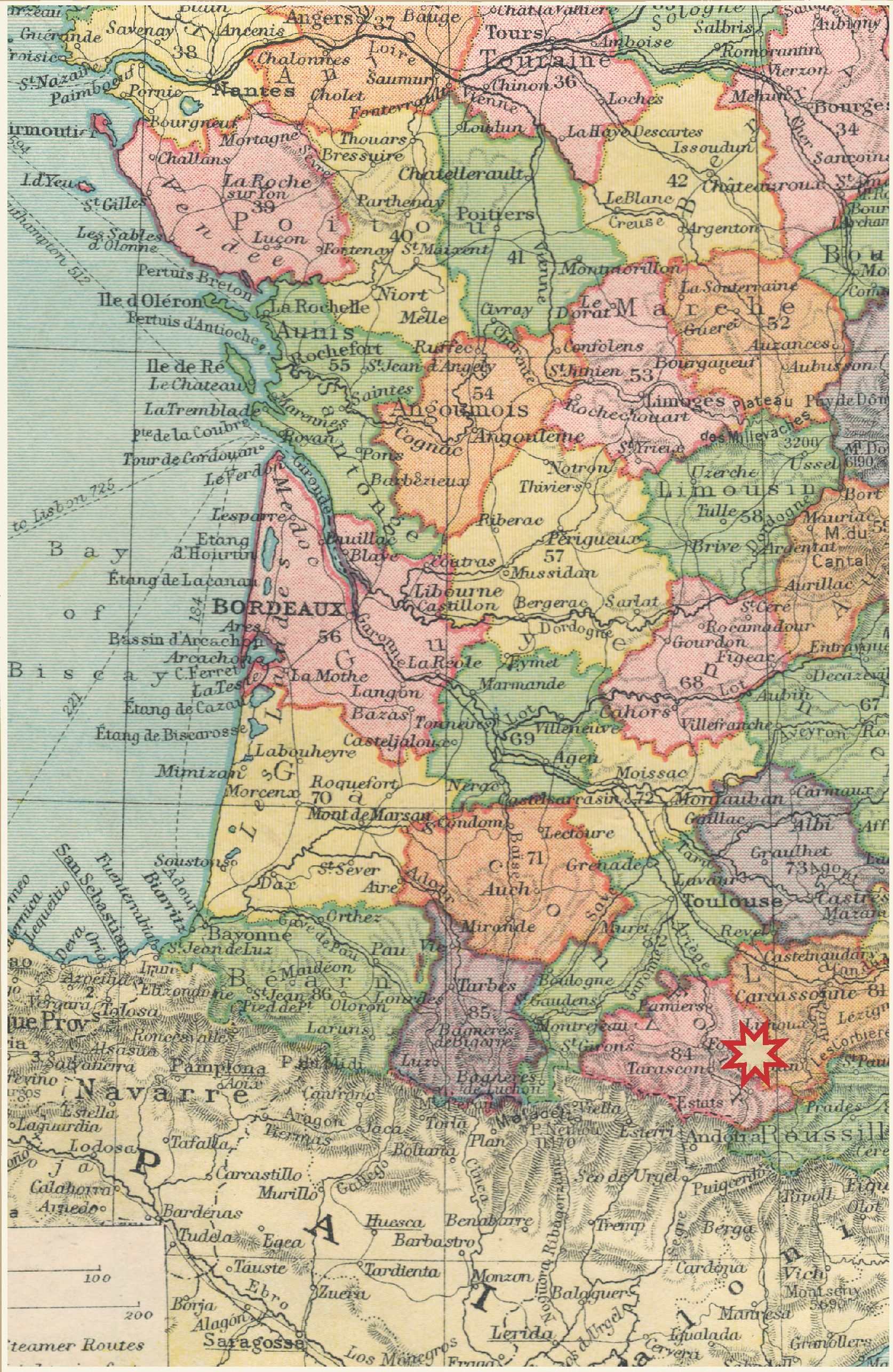
Château de Montégur: Satan’s Synagogue
Ah, the south of France—home to medieval towns, romantic seaside villages, and “Satan’s synagogue,” an ancient castle perched atop a high, rocky precipice. In the 13th century, the castle was the site of a pyre built for pacifists of the Cathar faith, while several hundred years later, German researchers under the Nazi regime came to investigate their belief that the Holy Grail was hidden somewhere within. The building’s architecture and floor plan also raise the possibilities of greater mysteries at work. Whatever the case might be, the legends keep curious visitors coming.
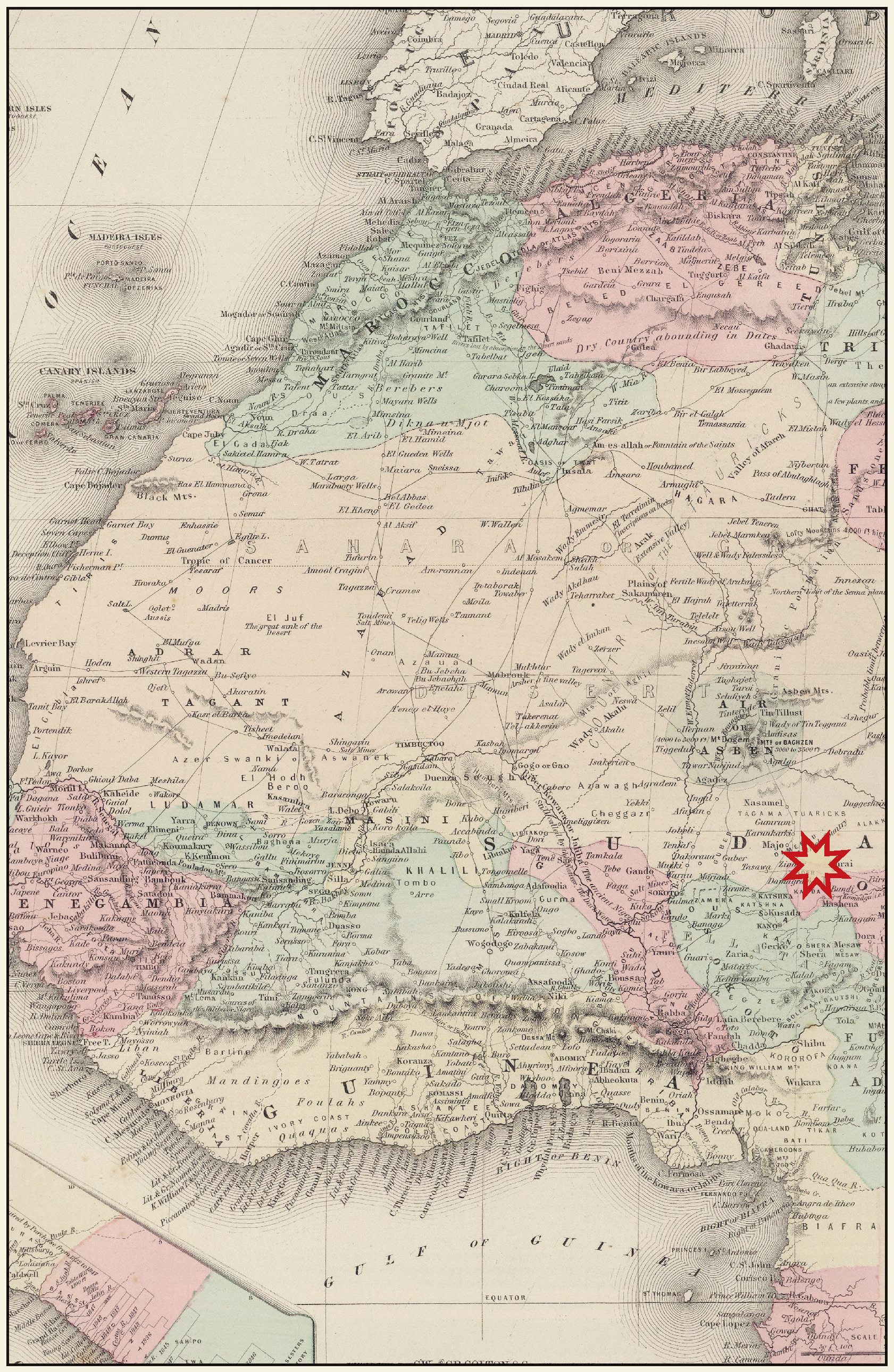
Oumaradi: Shipwrecked By Sands
The Harmattan is a wicked wind that blows across West Africa’s Sahel belt all winter long. For some reason, its nickname is the “doctor.” The wind blows the desert sand into massive dunes that, over time, can swallow entire villages. Oumaradi is one of many villages in Niger at risk of being entirely consumed by sand sent by the doctor. It becomes hard to breathe, and hard to survive.
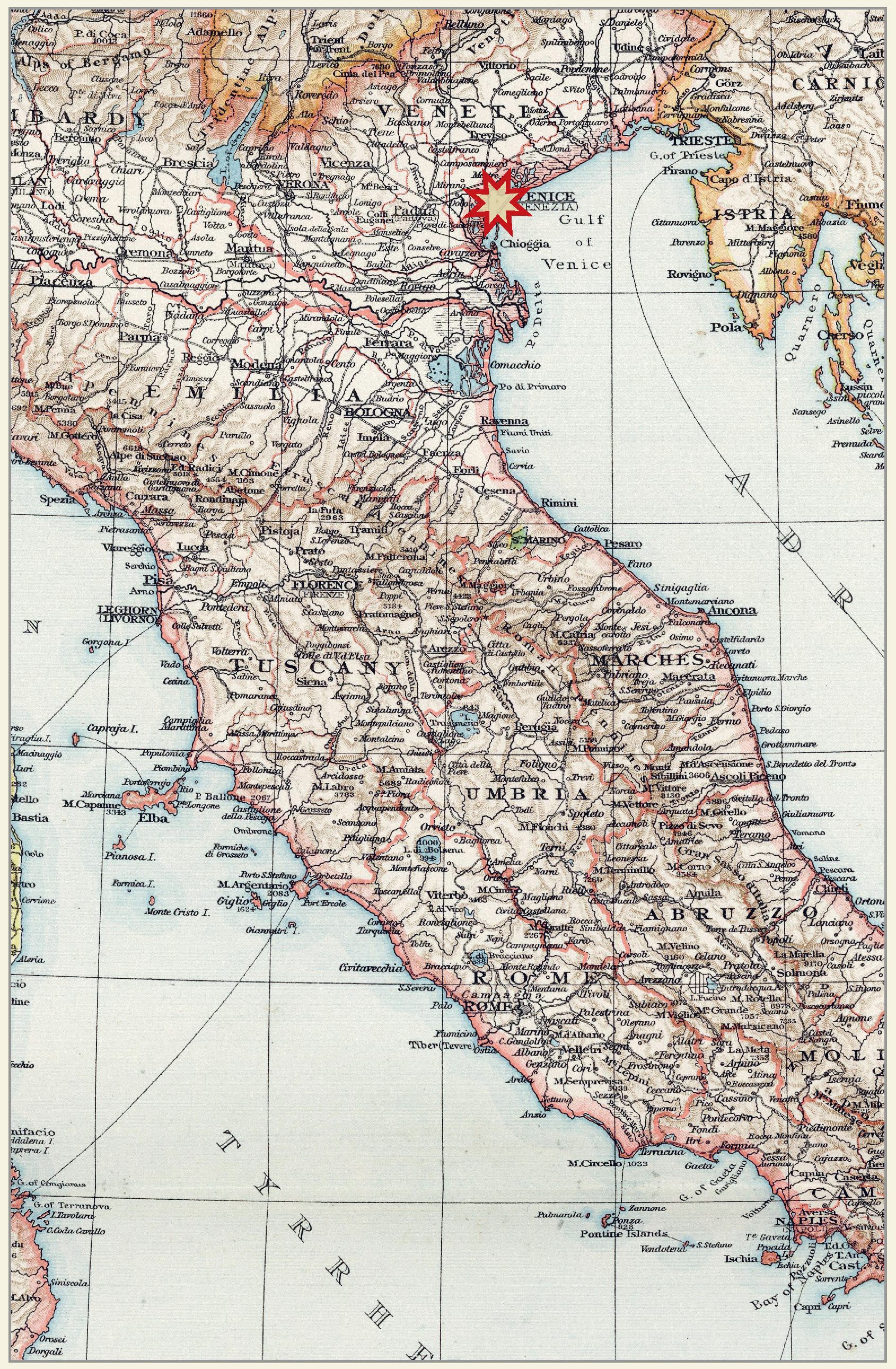
Poveglia: The Island of Death
No book of curses is complete without some invisible, tormented, wandering souls. And who isn’t intrigued by the words “island of death”? Poveglia, located just off the coast in northern Italy, seems innocuous, even pleasant, when viewed from afar. But 160,000 bodies are believed to be buried on the island’s few acres, now covered in the collapsed and overgrown buildings that formerly housed lepers and plague sufferers. While local records neither confirm nor deny the legend, this island’s restless souls are still thought to wield power over the living, and Poveglia remains carefully abandoned.
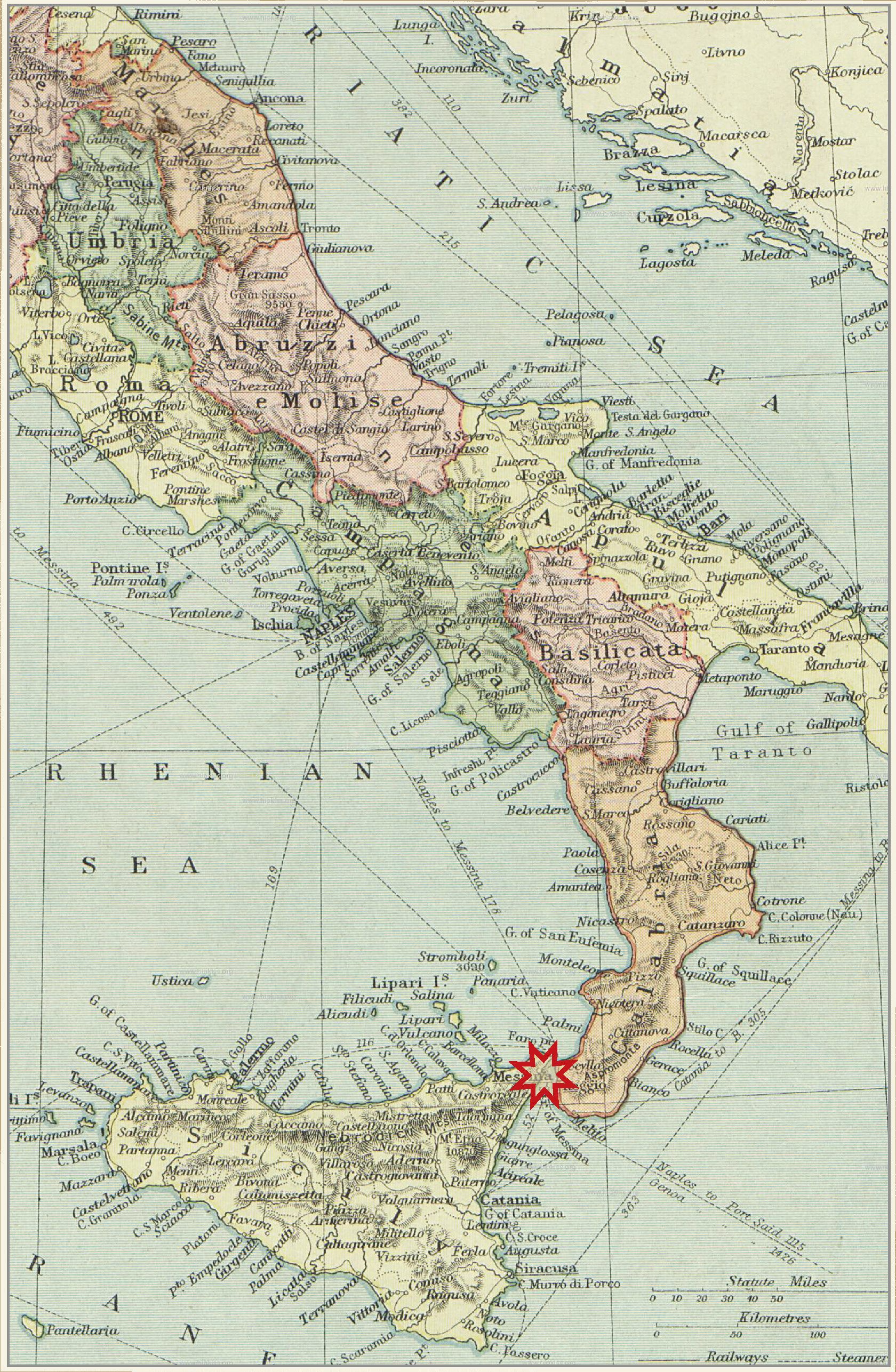
Charybdis and Scylla: A High-Risk Cruise
This is no Caribbean Carnival Cruise. This cruise—through Italy’s Strait of Messina—could end up involving Scylla the sea monster or Charybdis, Poseidon’s exiled daughter who churns the sea into angry whirlpools. Mariners of yore were careful when navigating these Mediterranean waters caught between the Tyrrhenian and Ionian seas, but these days, ferries take regular trips across the strait. None, so far, have been caught in one of Charybdis’ desperate whirlpools–but one should never speak too soon.

Gaza: A Territory Adrift
Gaza—how much do you actually know about the place? Before it fell to pieces, Gaza was home to beautiful buildings and great prosperity. Everyone knew about Gaza, though back then, it was for different reasons. Formerly a trade hub for the Egyptians, then Philistines, then Assyrians, Babylonians, Persians, Greeks, and finally Romans, its prime location as both a land and sea crossroads has forever been the region’s blessing and curse. Gaza saw churches and monasteries, then mosques caught in the center of conflict, and the curse of conflict defines Gaza today, now named Gaza City, or the Gaza Strip and one of the world’s most densely populated and poorly governed places. Water and food are increasingly scarce resources, though regional tensions continue to be found in abundance.

Gur-Emir: The Malevolent Mausoleum
The site of this cursed edifice lies in modern-day Uzbekistan in a region formerly known as Transoxiana. Timur, ruler of the region in the 14th century, went around and slayed everyone in his kingdom who he felt served him no purpose—a total of 17 million apparently purposeless citizens. Timur commissioned this mausoleum for his grandson, who was killed in combat, with the intention of joining later on. While the mausoleum is elegant and impressive in its grandeur, don’t forget that the man behind it sent 17 million people to their very arbitrary deaths. Skipping ahead a whole bunch of centuries: On June 22, 1941, a few hours after a Russian forensic scientist opened the tomb to exhume and study Timur’s remains, Germany launched an attack on the Soviet Union. Curse or coincidence? You decide.
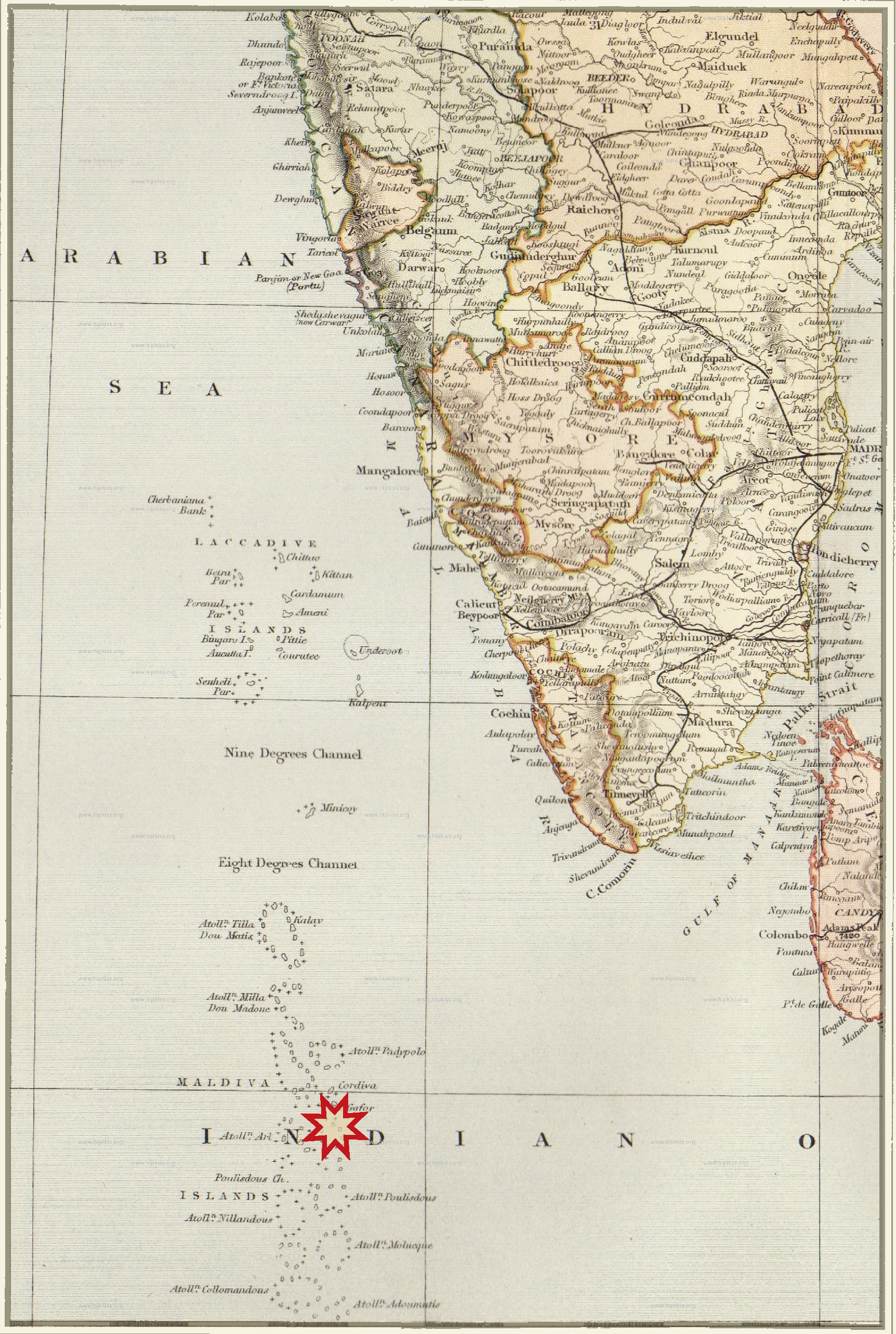
Thilafushi: The Toxic Lagoon
The Eden-esque beauty of the Maldives has now been luring in tourists for decades. Yet as the population balloons and tourists continue flocking, the isolation and tiny size of the many scattered islands of the country’s 26 atolls are posing logistical and environmental nightmares. In 1992, to address the issues, authorities came up with an idea of a communal garbage dump, located on Thilafushi, an island lagoon a few miles away from the capital of Malé. Little did they recognize that while Thilafushi is a mere 650 feet wide, one person produces multiple pounds of waste each day. The island-dump has been steadily growing as more and more junk is thrown in its general vicinity, while rafts of trash break off and float aimlessly into the ocean. Compounding the curse? Rising sea levels.

Amityville: The Devil’s Lair
Even if you haven’t visited the house at 112 Ocean Avenue, you probably recognize the name Amityville from the title of the 2005 horror film, based on the 1977 book. It’s a house in Amityville, New York, that comes with some baggage; legendarily built on a Native American burial ground, in 1974 it was the site of a son’s terrifying murder of his parents and four siblings. The son afterward claimed that the house had told him to commit the killings. When new inhabitants moved in just a year later, they too heard voices, and had moved out within the month. Since then, there have been no other complaints of the supernatural, but thousands of curious onlookers still come to visit the house of horrors.
Map Monday highlights interesting and unusual cartographic pursuits from around the world and through time. Read more Map Monday posts.










Follow us on Twitter to get the latest on the world's hidden wonders.
Like us on Facebook to get the latest on the world's hidden wonders.
Follow us on Twitter Like us on Facebook